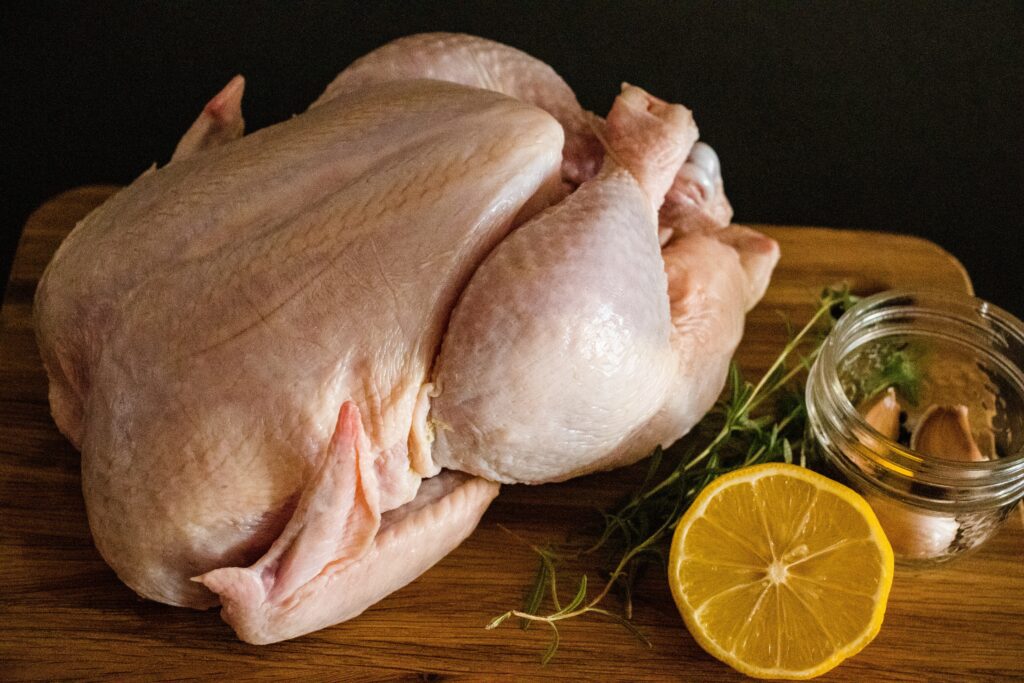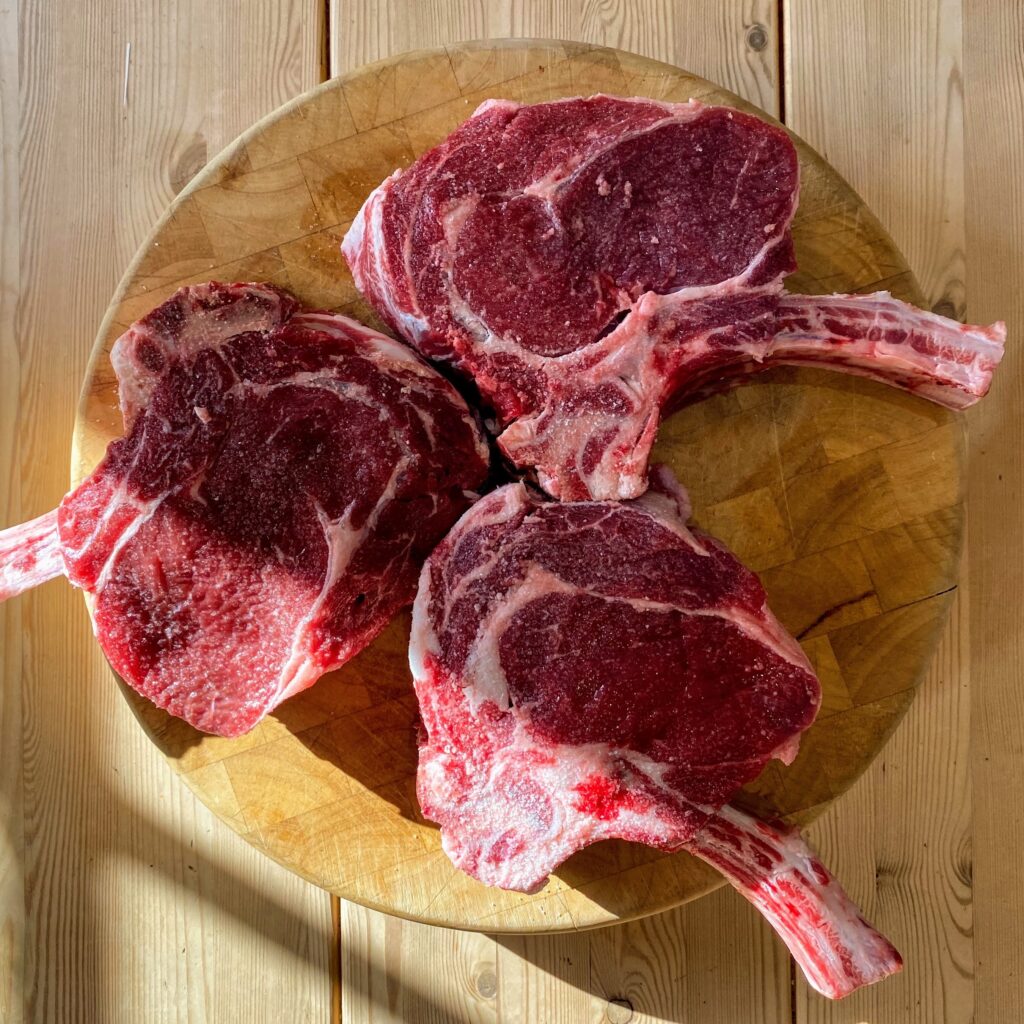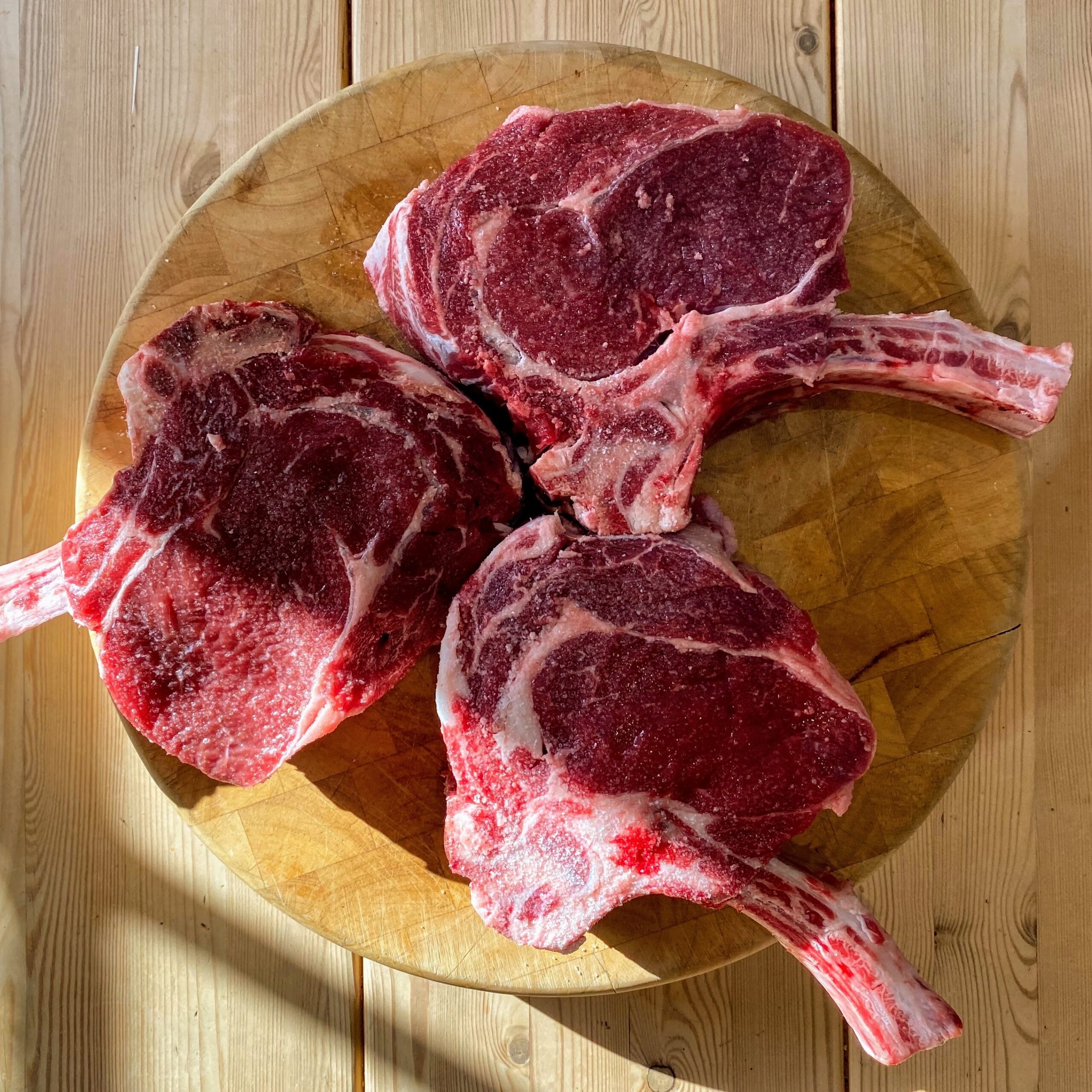White or red meat: which is better?
Chicken thigh against leg of lamb, white against red… Nothing moves! The nutritional profile of meats depends less on the color than on the cut.

White, red and black, the meat is displayed in three colors. This classification has nothing to do with aesthetics, it is based on the content of myoglobin, a molecule present in the muscles of the animal that we eat rich in iron, essential for the storage of oxygen in the tissues, it is she who gives its red color to the pieces, more or less colored depending on the type of muscle fibers they contain. Nutritionists and cookbooks generally adopt the following classification: white, poultry, veal, rabbit and also pork. Reds, beef, lamb, mutton and horse. Black (very rich in myoglobin) game, wild boar, venison or pheasant.
Question health, a high level of myoglobin indicates that the food is rich in iron, trace element favorable (read the main article of the file). From this point of view, there are big differences between a braised chicken thigh (0.1 mg of iron per 100 g); a grilled steak (2.2g per 100g) and a piece of haunch of venison (4.47g per 100g). For proteins or other elements such as zinc, the differences between white and red are not obvious. What is more is the fat content of the meats, but again, we find all the cases in the two categories. While some white meats are very rich in fat – goose for example – others should be classified as lean meats: poultry (provided the skin is removed), rabbit, as well as certain pieces of pork (tenderloin ). As for red meats, a beef rib steak or lamb chops are clearly plump. A rump steak or a leg of lamb, much less. As for the horse steak, classified in the red, it is one of the leanest meats!

The lipid content, especially in saturated fats which are problematic for the proper functioning of the cardiovascular system, is a reason often given for preferring white meat to red. Fattier meat is, when consumed in excess, synonymous with weight gain, even obesity. And we know that metabolic imbalances increase the risk of heart problems or cancer. However, as we have seen, it all depends on the cut of meat you choose. And we must also be wary of received ideas. Published in 2018 in The American Journal of Clinical Nutrition, a study suggests that white meat is no better than red for cardiovascular health, if cholesterol levels are taken into account. The consumption of the two kinds of meat similarly increases the level of LDL (the bad cholesterol) in the blood compared to the consumption of proteins of vegetable origin in equivalent quantities, reveals the study, the first to give this information. Obviously, further work will be needed to confirm this.
It all depends on the cut of meat you choose.
Finally, whether it is white, red or black, many factors have a positive or negative influence on the nutritional value of meat. In particular, the food given to animals. White meat such as chicken has thus benefited from a health “plus” with the Bleu-Blanc-Coeur sector: in poultry farms, the addition of flaxseed and alfalfa in the feed has modified the lipid composition of meats, richer in omega-3. The cattle sector is beginning to take an interest in it.
The rabbit’s choice
We are eight out of 10 French people to appreciate it, sautéed hunter, with mustard, prunes or beer… Rabbit is a pillar of our culinary heritage and yet, for a few years,
its consumption is falling: according to an Ifop survey for FranceAgriMer in 2018, only 15% of us put it on the menu at least once a month. Rabbit deserves better, especially since its nutritional profile is very favorable. It is first of all a lean white meat (170 calories per 100 g). The rabbit’s herbivorous diet provides its meat with unsaturated fatty acids, in particular linolenic acid (omega 3), via the alfalfa it ingests and linoleic acid (omega 6) via sunflower. On the protein side, the rate is 20.5% protein per 100 g. This meat also provides group B vitamins (B6, B12 and PP) and trace elements (zinc, magnesium, potassium).
